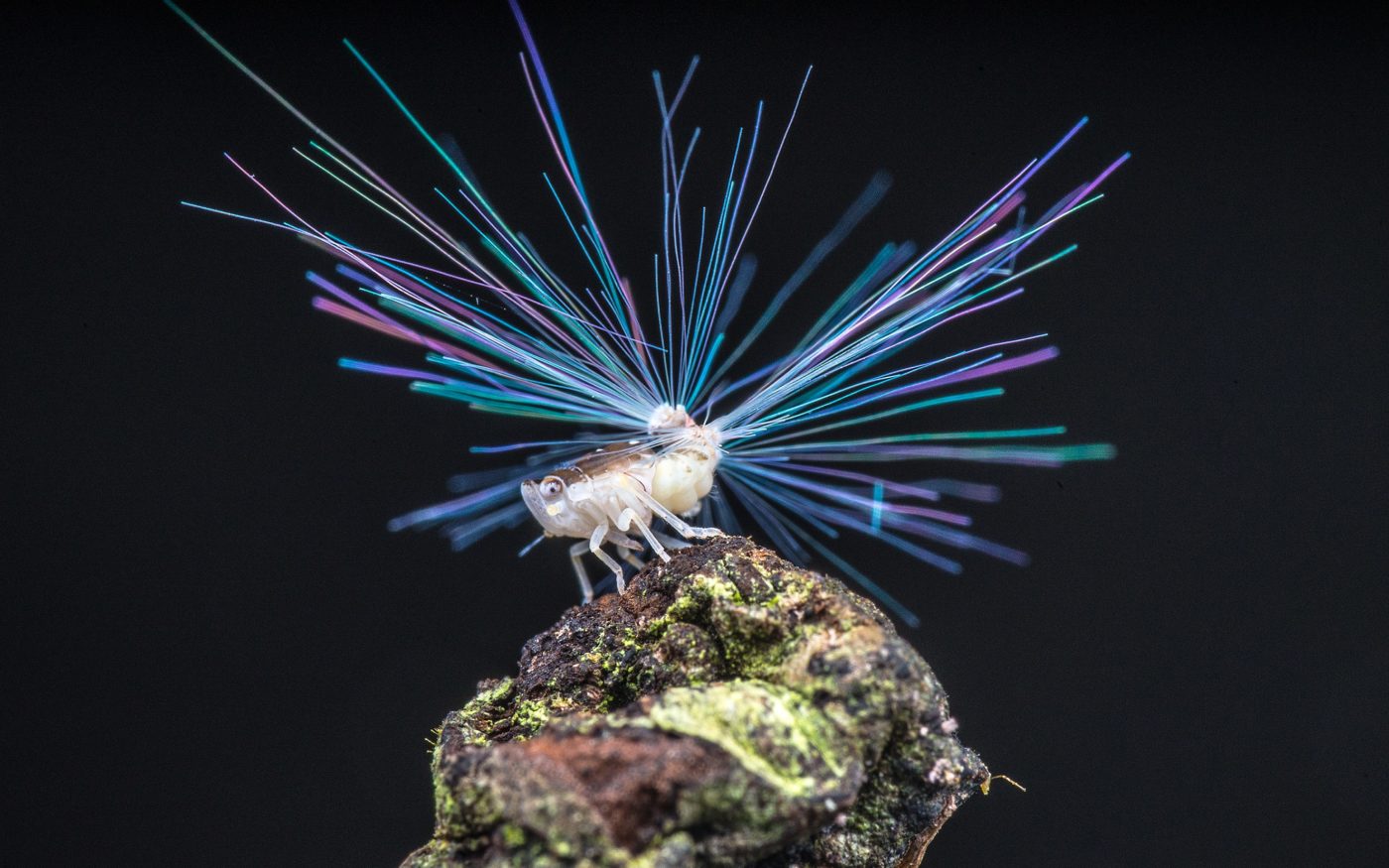There are over a million different types or species of insect known and many more to be identified. We need to understand the differences between insect species, because of their importance in our world, such as for pollination and as carriers of disease. Scientists group or classify insect species, and all other living things or organisms, based on how they get energy to live, the shapes and characteristics of their bodies, and their genes.
Most living organisms with more than one cell, that breathe oxygen and are able to move, such as insects or cats or dogs, are grouped in Kingdom Animalia. Animals with external skeletons (invertebrates), bodies in sections, and jointed legs, such as insects, spiders or centipedes, are placed in Phylum Arthopoda. Arthropods with six legs, a body in three parts, compound eyes, and one pair of antennae are grouped in Class Insecta.
Insects are separated into different Orders, such as beetles (Coleoptera) or true flies (Diptera), depending differences or similarities of characteristics such as body part shape and size. Each Order is then divided into Families, such as ground beetles (Carabidae) or click beetles (Elateridae). Each Family is separated into into Genera such as Carabus, and finally each Genus is divided into Species, such as Carabus violaceus or Carabus problematicus. Our understanding of insect groups can change as analytic techniques, such looking at gene sequences, are constantly being developed.

